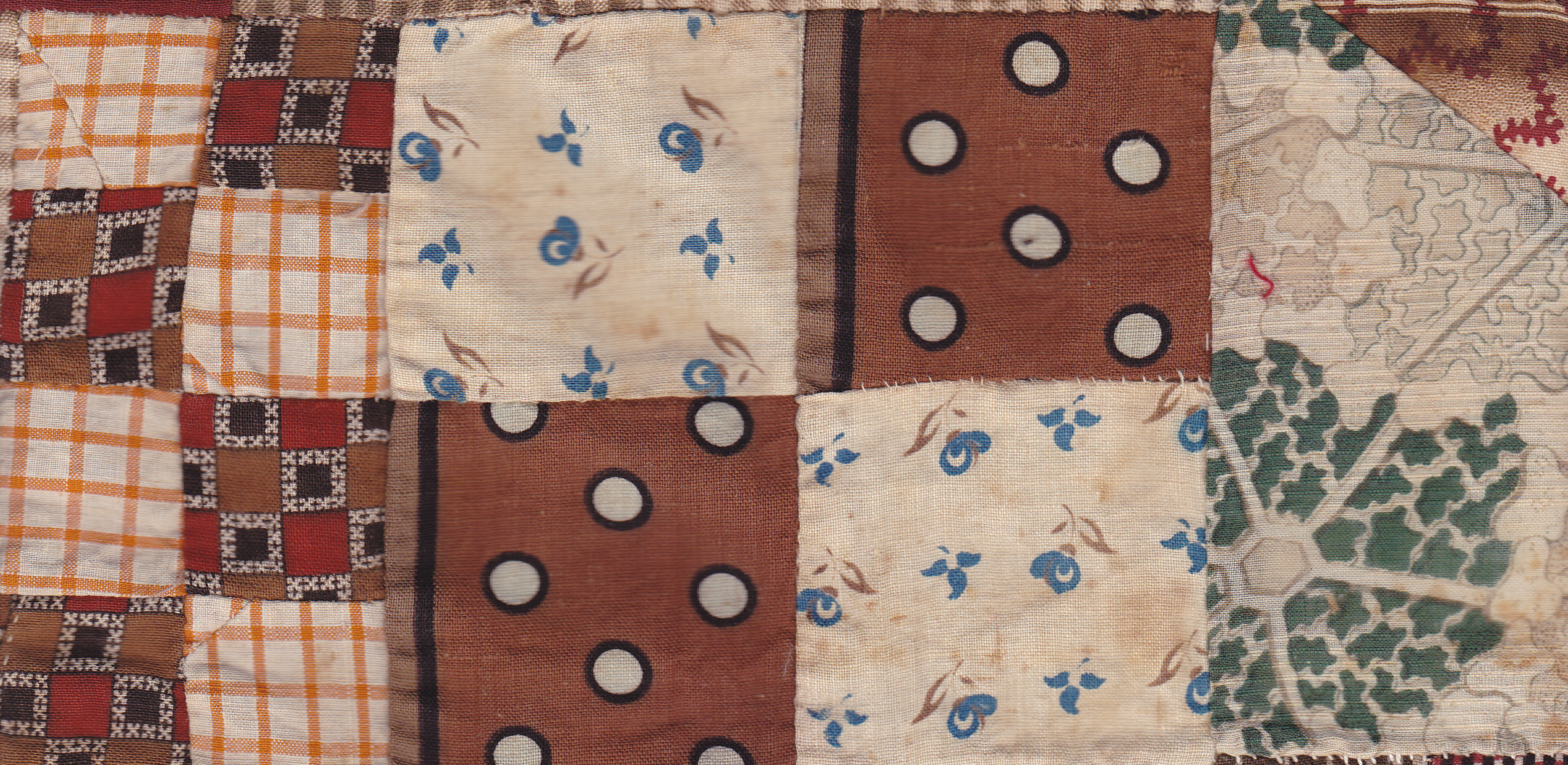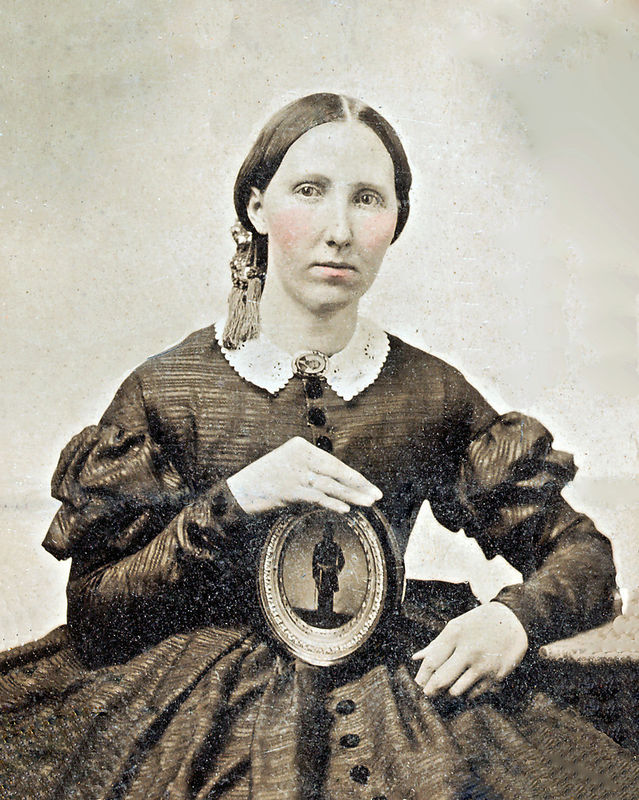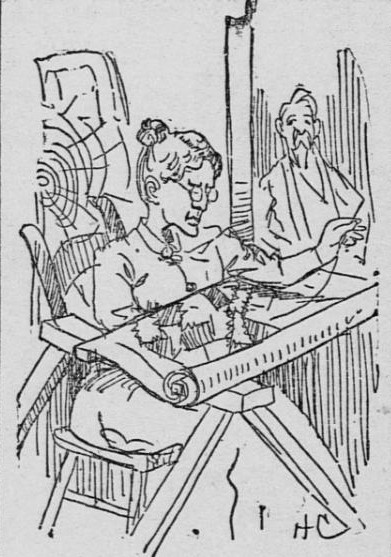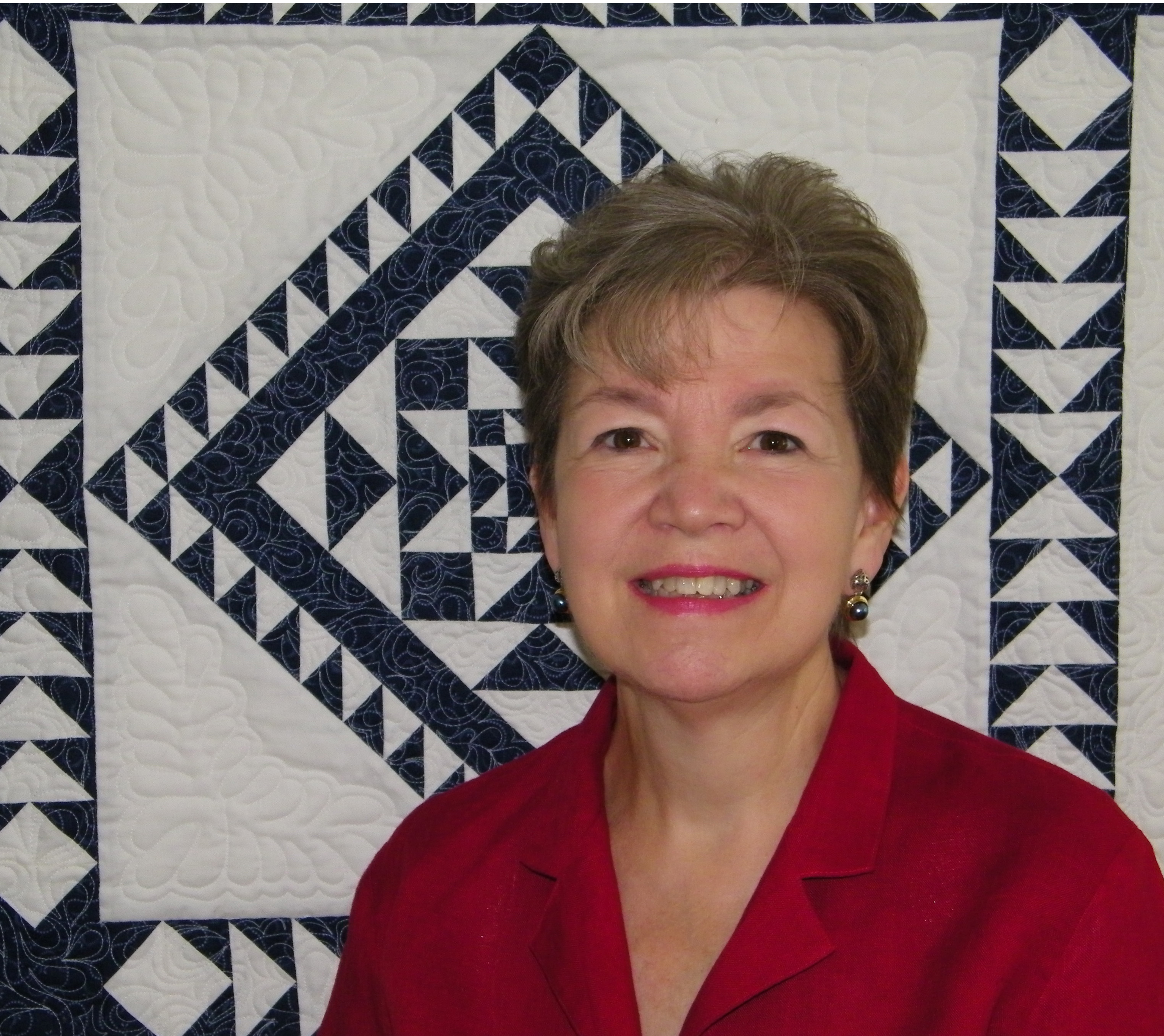A Chronology of Cotton from 1838
February 3, 2012



The Slater cloth and the Victoria Patent are on display at the Windham Textile & History Museum.
The Ohio Repository
Canton, Ohio
April 19, 1838
Page 2
We find the following interesting chrono
logy of Cotton in the February number of the A
merican Quarterly Register published at Boston
Mass.
1730 Mr Watt spins the first cotton
yarn in England by machinery
1735 The Dutch first exported cotton
from Surinam
1742 First mill for spinning cotton e-
rected at Burmingham, moved
by mules or horses, but not suc-
cessful in its operations.
1749 The fly shuttle generally used
in England.
1756 Cotton velvets & quilting made
in England for the first time.
1761 Arkwright obtained the first pa-
tent for the spinning frame, which
he further improved.
1768 The stocking frame applied by
Hammond to making lace.
1773 A bill passed to prevent the ex-
port of machinery used for cot-
ton factories.
1779 Mule spinning invented by
Hargrage.
1782 First import of raw cotton from
Brazil to England.
1782 Watt took out his patent for the
steam engine.
1783 A bounty granted in England on
the export of certain cotton
goods.
1785 Power-looms invented by Dr.
Cartwright. Steam engines u-
sed in Cotton factories.
1786 Blanching first performed by the
agency of the oxymuriatic acid.
1787 First machinery to spin cotton
put in operation in France.
1789 Sea Island cotton first planted
in the U States, and upland
cotton first cultivated for use &
exported about this time.
1790 Slater, an Englishman, builds
the first American cotton facto-
ry, at Pawtucket, R I.
1803 Eli Whitney, an American, in
vents the cotton gin, which he
patents.
1805 Power-looms successfully and
widely introduced into England.
1807 The revolution in Spanish A-
merica begins to furnish new
markets for cotton manufactures.
1810 Digest of cotton manufactures in
the U States, by Mr. Gallatin,
and another by Tench Coxe,
Esq. of Philadelphia.
1811 Machinery to make bobbin lace
patented by John Burn.
1813 The Indian trade more free & more
British manufactures sent there.
1815 The power loom introduced into
the United States, first at Wal-
tham.
1818 Average price of cotton, 24
cents, higher than since 1810.—
New method of preparing sow-
ing cotton, by Mr. Holt.
1820 Steam power first applied with
success extensively to lace man-
ufactures.
1822 First cotton factory in Lowell
erected.
1823 First export of raw cotton from
Egypt into Great Britain.
1825 In New Orleans, cotton at from
23 to 25 cents per pound.
1826 Self-acting mule spinner, paten-
ted in England, by Roberts.
1827 American cotton manufactures
first exported in any considera-
ble extent.
1829 Highest duty in the U. States on
foreign cotton manufactures.
1830 About this time, Mr. Byer in-
troduced a machine from the
United States into England, for
the purpose of making cards.
1833 Duty on cotton goods imported
into the United States reduced;
and in England it is forbidden
to employ minors in cotton mills
for more than 9 hours on a Sat-
urday in consequence, they
work at something else.
1834 Cotton 17 cents.
1835 Extensive purchases made of
cotton lands by speculators and
others.
1836 The season began at 15 cents,
and the year ended at 20 cents.
1837 Cotton reached 22 cents.
Posted by Sue Reich.





 This blog will feature my travels in quilting, research in 19th and 20th century news-papers, and items that are of interest to anyone with a passion for quilt history.
This blog will feature my travels in quilting, research in 19th and 20th century news-papers, and items that are of interest to anyone with a passion for quilt history.
